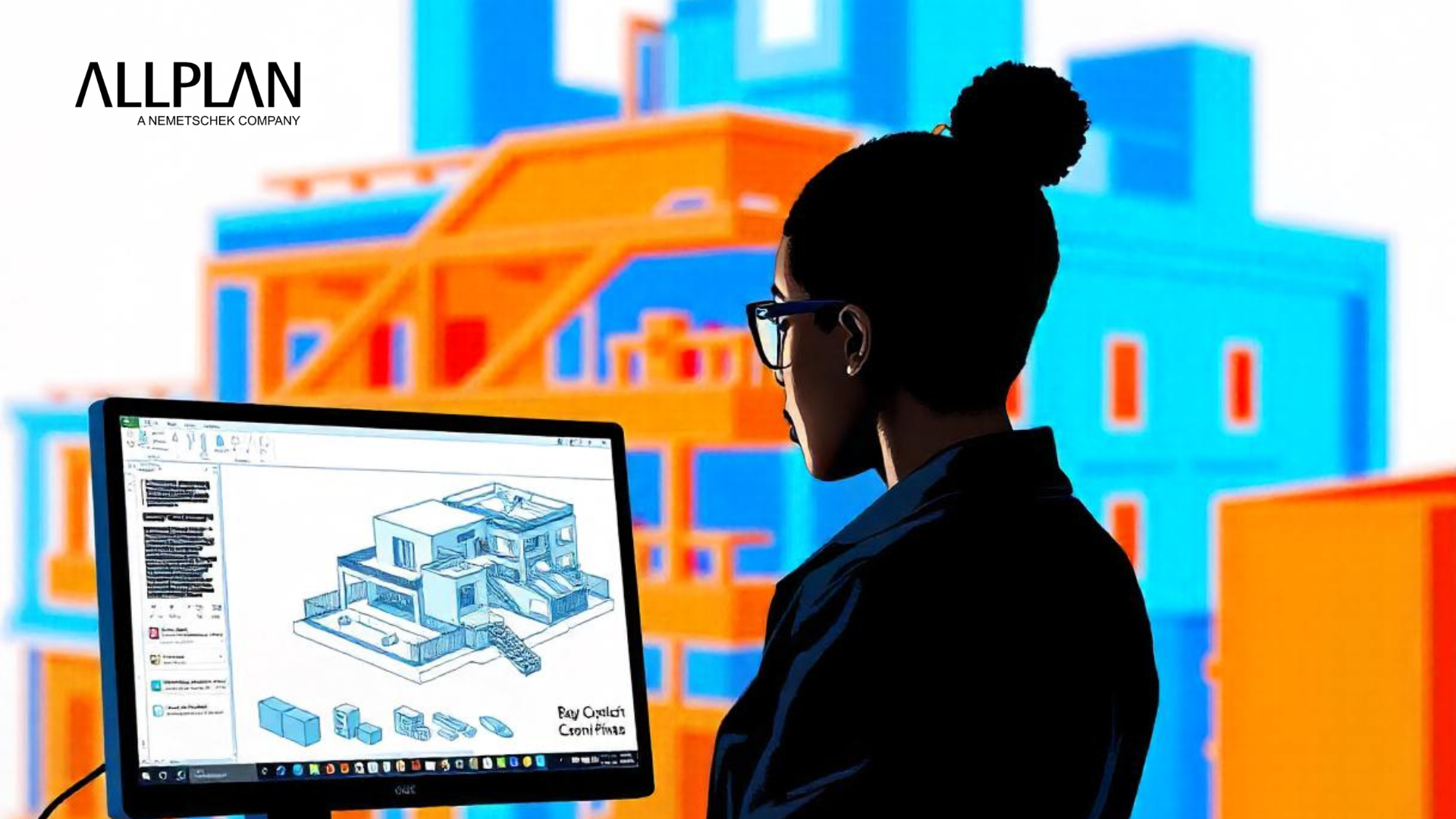
. Introduction about Vectorworks Architect
What is Vectorworks Architect, and why is it significant in today’s design industry? Vectorworks Architect is a powerful Building Information Modeling (BIM) and CAD software designed specifically for architects and designers. It enables users to create detailed 2D and 3D designs, streamline workflows, and enhance collaboration across all project phases. This software is essential for modern AEC professionals, helping them to adapt to the evolving demands of sustainable and efficient design.
How does Vectorworks shape careers in the architecture and design sectors? With its comprehensive capabilities, Vectorworks not only enhances design quality but also positions professionals for greater career advancement by meeting the increasing industry demand for skilled BIM practitioners.
Software Capabilities

What can Vectorworks Architect do? Vectorworks Architect offers a range of powerful features designed to support the architectural design process:
- Comprehensive Design Tools: Create detailed 2D drawings and 3D models with advanced drafting tools tailored for architectural projects.
- BIM Integration: Utilize BIM capabilities for effective project visualization and collaboration throughout the design process.
- Rendering Options: Generate high-quality renderings and visualizations to present design concepts effectively to clients and stakeholders.
- Site Modeling: Easily create and modify terrain models, enhancing the design of site plans and landscape architecture.
- Collaboration Features: Work seamlessly with teams by sharing models and files in various formats, ensuring effective communication.
- Sustainable Design Tools: Assess energy performance and sustainability impacts early in the design phase.
Why Choose Vectorworks Architect?

Why should professionals or companies adopt Vectorworks Architect? The adoption of Vectorworks Architect provides significant advantages for individuals and organizations in the architecture and design sectors:
- Flexible Design Environment: The software’s adaptability allows architects to explore creative design solutions without being constrained by rigid software limitations.
- Enhanced Visualization: Vectorworks’ rendering capabilities improve the presentation of design concepts, facilitating better communication with clients.
- Sustainable Design Focus: Tools for assessing environmental impact and energy performance help architects create sustainable buildings.
- Seamless Collaboration: Effective file sharing and collaboration features support multidisciplinary teams, leading to improved project outcomes.
- Career Advancement Opportunities: Proficiency in Vectorworks is increasingly sought after, enhancing job prospects in a competitive market.
- �
- Comparison with Similar Software
- How does Vectorworks Architect compare to other design software like AutoCAD and Revit? Here’s a comparison chart highlighting key features:
| Feature | Vectorworks Architect | AutoCAD | Autodesk Revit |
| BIM Capabilities | Robust BIM tools | Basic 2D capabilities | Strong BIM functionalities |
| 3D Modeling | Advanced 3D modeling | Limited to basic 3D | Comprehensive 3D design |
| Rendering Quality | High-quality renderings | Basic rendering features | Good rendering capabilities |
| Collaboration Tools | Effective model sharing | Limited collaboration | Excellent collaboration |
| User Interface | Intuitive and customizable | Standard interface | Structured and less flexible |
�
By embracing Vectorworks Architect, professionals can elevate their design capabilities and contribute to innovative project execution.
Key Skills Gained from Vectorworks Architect

What skills can you develop by mastering Vectorworks Architect? Mastering Vectorworks equips users with valuable skills:
- Design Proficiency: Gain expertise in creating detailed architectural designs and documentation.
- Technical Skills: Learn to utilize advanced BIM tools and 3D modeling techniques effectively.
- Analytical Skills: Enhance your ability to analyze and evaluate design solutions, including energy performance assessments.
- Collaboration Skills: Improve teamwork capabilities by mastering project sharing and communication features.
- Presentation Skills: Develop skills in creating compelling visual presentations to showcase designs to clients.
Career Opportunities After Learning Vectorworks Architect

What career paths can you pursue after mastering Vectorworks Architect? The opportunities are diverse, with various roles available across the architecture and design sectors. Here are some potential positions along with their average salaries:
Average Salaries
| Career Role | Average Salary (USD) | Average Salary (India) | Average Salary (Singapore) |
| Architectural Designer | $55,000 – $85,000 | ₹600,000 – ₹1,800,000 | SGD 50,000 – SGD 90,000 |
| BIM Manager | $80,000 – $120,000 | ₹1,000,000 – ₹2,500,000 | SGD 70,000 – SGD 130,000 |
| Project Architect | $70,000 – $110,000 | ₹800,000 – ₹2,200,000 | SGD 65,000 – SGD 120,000 |
| Interior Designer | $50,000 – $75,000 | ₹500,000 – ₹1,500,000 | SGD 45,000 – SGD 80,000 |
| Landscape Architect | $60,000 – $90,000 | ₹700,000 – ₹1,600,000 | SGD 55,000 – SGD 95,000 |
These salaries reflect the growing demand for professionals skilled in Vectorworks, particularly as the architecture and design industries increasingly rely on BIM technology. With proficiency in Vectorworks Architect, professionals can significantly enhance their career prospects in India, Singapore, and beyond.
Where Can You Learn?

Where can you find reputable courses and certifications for Vectorworks Architect? Consider the following options:
- Vectorworks Training Centers: Authorized centers offer official training and certification programs tailored for various skill levels.
- Online Learning Platforms: Websites such as LinkedIn Learning, Udemy, and Coursera provide flexible, self-paced courses.
- Workshops and Seminars: Many universities and professional organizations host hands-on workshops and seminars.
- Community Colleges: Various community colleges offer courses in Vectorworks as part of their architecture and design programs.
Roadmap for Learning Vectorworks Architect

What is the best way to master Vectorworks Architect? To effectively learn Vectorworks, consider the following roadmap:
- Foundation Level (0-3 Months):
- Enroll in introductory courses on Vectorworks basics.
- Familiarize yourself with the software interface and basic tools.
- Intermediate Level (4-6 Months):
- Take advanced courses focusing on BIM features and 3D modeling techniques.
- Start working on small projects to apply your knowledge practically.
- Advanced Level (7-12 Months):
- Pursue specialized training in rendering and site modeling tools.
- Collaborate with peers on group projects to enhance teamwork skills.
- Professional Development (1 Year+):
- Obtain Vectorworks certification to validate your skills.
- Attend workshops and conferences to network and stay updated on industry trends.
How to Get a Job?

What strategies can help you secure a job in the architecture and design industry after learning Vectorworks? Here are some effective job search strategies:
- Networking: Build connections with industry professionals through events, social media platforms like LinkedIn, and professional organizations.
- Online Job Portals: Utilize job search platforms such as LinkedIn, Indeed, and Glassdoor to find job listings relevant to your skills in Vectorworks.
- Portfolio Development: Create a comprehensive portfolio showcasing your Vectorworks projects, including design processes, challenges faced, and solutions implemented.
- Continuous Learning: Stay informed about industry trends and software updates by attending webinars, workshops, and professional development courses.
Tailored Applications: Customize your resume and cover letter for each job application, highlighting your Vectorworks skills and relevant experiences
Future and Trends

What does the future hold for Vectorworks Architect and BIM technology? The future of Vectorworks and BIM is promising, with several emerging trends expected to shape the industry:
- Increased AI Integration: Artificial intelligence will enhance automation and predictive analytics in design processes.
- Focus on Sustainable Design: The demand for sustainable practices will continue to rise, making Vectorworks’ eco-friendly features essential.
- Enhanced Collaboration Tools: Advancements in cloud-based solutions will facilitate even greater remote teamwork and collaboration.
- Integration with Emerging Technologies: Vectorworks will likely evolve to incorporate AR and VR technologies for immersive design experiences
-
Conclusion
Vectorworks Architect is a powerful tool in the AEC industry, empowering professionals to create, collaborate, and deliver innovative designs. With its extensive capabilities and growing importance in digital workflows, learning Vectorworks opens up a wealth of career opportunities across various sectors. By mastering this essential software, you position yourself at the forefront of modern architectural practices, ready to tackle the challenges of tomorrow.

